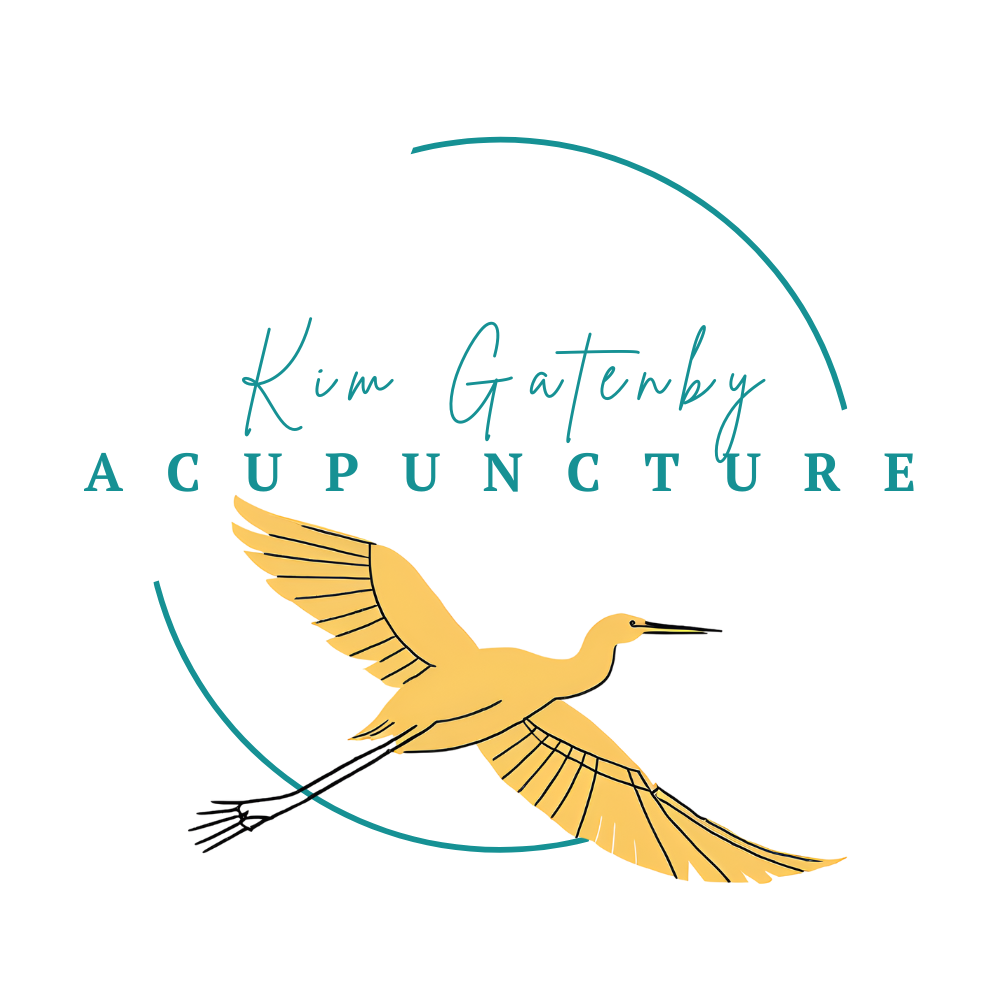Micro-plastics and fertility – 5 ways to reduce the damage.
If you’ve been keeping up with the news lately, you might have heard that scientists have found micro-plastics in human testicles. In fact, it was in every human and canine testicle sample in their study. A rate of 100% contamination is not good news for the fertility status of the human race.
So what does this mean for you and your future family planning? Well we have known for decades that sperm counts are on the decline, so it suggests if we continue on the way we are, we are going to have more and more significant challenges with conception in the near future. But let’s not dwell on the negative and instead look at the positive changes you can make, starting today, to improve your reproductive potential, whether you are the owner of a pair of testicles or plan on having a baby with someone who does. These 5 tips will help you navigate how micro-plastics and fertility can be managed.
Micro-plastics and fertility – 5 tips.
1. Swap plastic water bottles for stainless steel or glass.
2. Buy organic food where possible. The organic grower I buy my food from recently told me a horror story – apparently some “conventional” (meaning non-organic) farmers are struggling so much with the cost of growing food that they churn the single use plastic weed mats back into the soil as it’s cheaper to do this than remove them. Your food might literally be grown in soil full of plastic. If organic food is out of your budget, look for growers that are pesticide free rather than certified organic, as this is still a great option.
3. Filter your water. You don’t need to buy the most expensive water filter around, just get something simple and start using it to filter out plastics and other nasties in your water supply. Try and get a water filter that is stainless steel or glass, as we are trying to limit plastic exposure here!
4. Purify your air. If you’re inclined to take things this far, an air purifier can be a worthwhile investment. Not only will it help to reduce micro-plastics that are in the air (yes, they’re literally everywhere!) you can also breathe easier during bushfire season too.
5. Use non-plastic food storage containers. Much like with your water bottle, it’s best to store your food in glass or stainless steel contains. I personally use glass containers. They do have a plastic lid, but that part isn’t touching the food. Remember the old adage, done is better than perfect.
Every little change you make adds up and cumulatively supports a reduction in micro-plastic exposure. Bonus points if you want to take things even further and stop buying items made from plastic when possible. My shampoo is now in a bar format and comes packaged in cardboard. Literally no plastic is involved each time I wash my hair. It’s these little changes we make that add up to slowly reduce the plastic burden we are placing on the planet, and therefore ourselves.
If you have any of your own tips, please share them below so we can all benefit from your experience.
If you’d like support with your fertility, we are available for online TeleHealth consults or in-person appointments including acupuncture in Wauchope, St Leonards or Dural. We can work with your existing health team, including but not limited to GP’s, OBGYNs, fertility specialists and other allied health practitioners, to get you the best outcomes for your goals. Hopefully you have learnt more about micro-plastics and fertility and feel empowered to make some changes.
Image source: Yifan Hong, Shengde Wu, Guanghui Wei, Adverse effects of microplastics and nanoplastics on the reproductive system: A comprehensive review of fertility and potential harmful interactions, Science of The Total Environment, Volume 903, 2023.







Hey people!!!!!
Good mood and good luck to everyone!!!!!